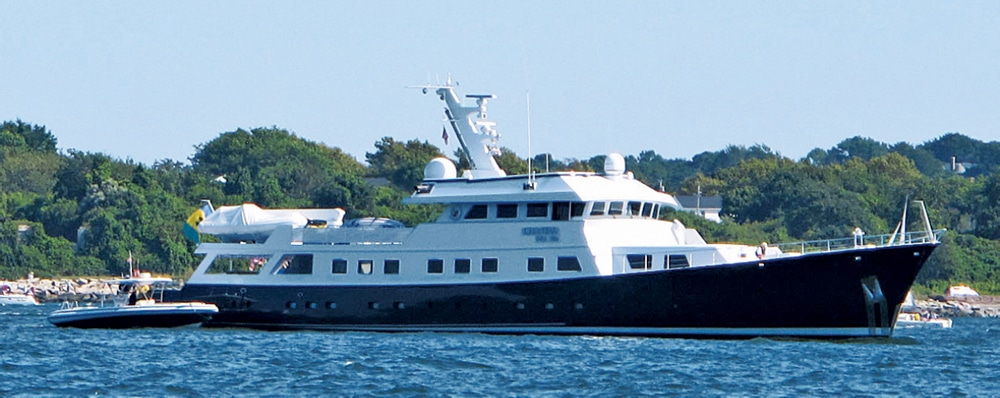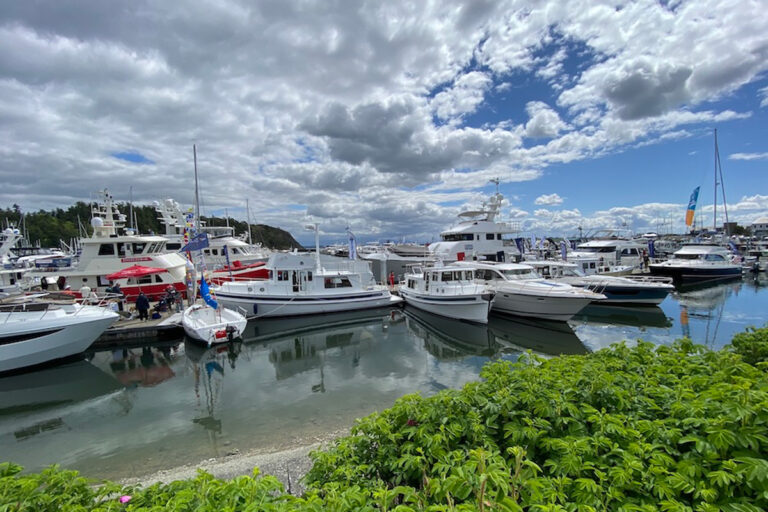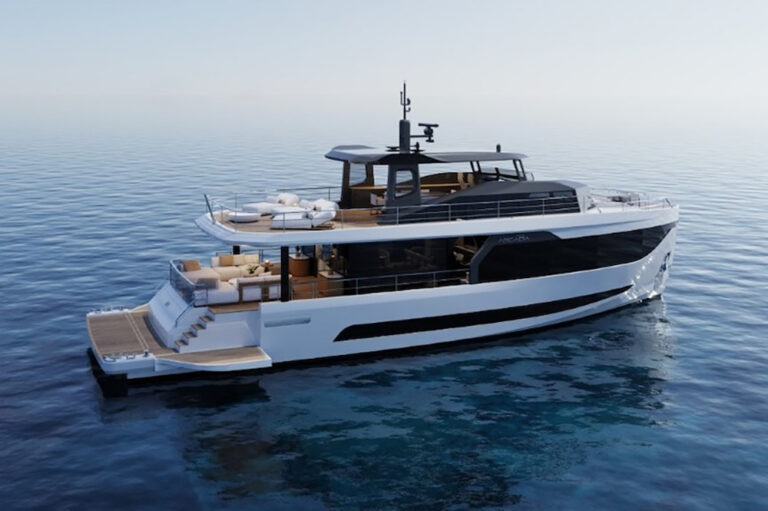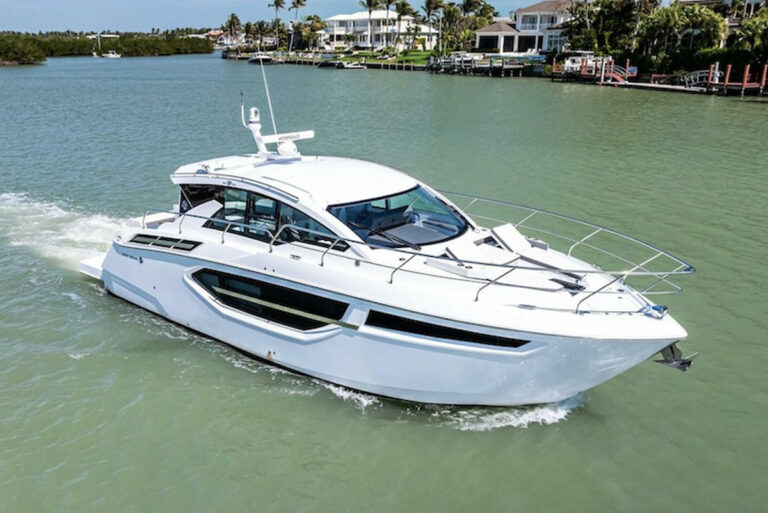
Towing Fundamentals
Though most yachts carry their tenders aboard, an increasing number are turning to towing as a viable solution. Not only does towing avoid the complexities of launching and retrieving the tender, but it also enables owners to take along a boat that might be too big to hoist aboard.
My colleague Jay Coyle regularly tows his Boston Whaler or his wife’s Hewes skiff astern of his Bertram 37. While he recommends not towing a tender that’s longer than the beam of the yacht, many others go well beyond that rule of thumb. Jack Hutchinson of Rope Inc. (www.ropeinc.com), a major supplier of tow bridles, says that many of his customers are towing center-console boats in the 40-foot range.
What Coyle and Hutchinson agree on, however, is the general configuration of the towing setup. Essential are sturdy cleats or bitts at the stern corners of the yacht, through-bolted with backing plates to handle the substantial loads from the tow. At the other end — the bow of the tender — the hardware is equally important. The small eye commonly installed at the stem for trailering or anchoring the tender is inadequate for the purpose of towing. Instead, a dedicated tow-eye should be installed. Broward Machine, among others, manufactures custom tow-eyes as well as stock units in stainless steel for many popular tender models.
Between these two attachment points lies the critical part of the towing rig. At the yacht end is a V-shaped bridle, attached at the yacht’s stern bitts and fitted with a ring at the center. The bridle should be nylon — to absorb a bit of the shock load when the tender hits a wave — but not so long that its stretch becomes a hazard in itself. Generally recommended is a 150- to 200-foot length of line, which puts the ring 50 to 75 feet astern and allows enough extra length for attaching to the bitts.
Abaft the bridle ring is 100 to 200 feet of high-strength, low-stretch line such as Spectra, available through Puget Sound Rope (www.psrope.com) or Lugger Line, available through Yale Cordage (www.yalecordage.com). Such rope is light, so it will float, helping to keep it away from props and making it easy to handle and stow. Ideally, the total length will be just enough to put the tender on the back side of the third wave of the yacht’s wake. This part of the rig is divided into two sections. The longer length is forward, joined to a shorter tender pendant by a quick-release snap shackle — Wichard or Tylaska are popular brands.
Remember that once you get under way with this rig, the yacht becomes a tow boat under the Rules of the Road navregs and the tender a towed vessel, so each must display the proper markings and lights for such operation.
Coyle tows with the tender’s motor tilted down for drag, but I never found this necessary with the small boats I’ve towed. Hutchinson says his customers do both, as well as partially down. He and several professional captains also mentioned other options to keep the tender in line, including towing a short length of chain from the tender’s stern. It all depends on the characteristics of both the yacht and the tender, as well as the tow rig, so it becomes a matter of trial and error with each combination. It’s best to get it sorted out on several short trips in varying weather before undertaking that long dream cruise with your tender astern.
Like yachting itself, towing involves certain inherent risks. Paramount among them is the fact that it may become necessary to ditch the tender in an emergency to protect the yacht. Some rig a release line from the shackle back to the yacht, while others just keep a knife handy to cut the bridle, mindful of the fact that there’s a lot of energy stored in that nylon when it’s under load.









